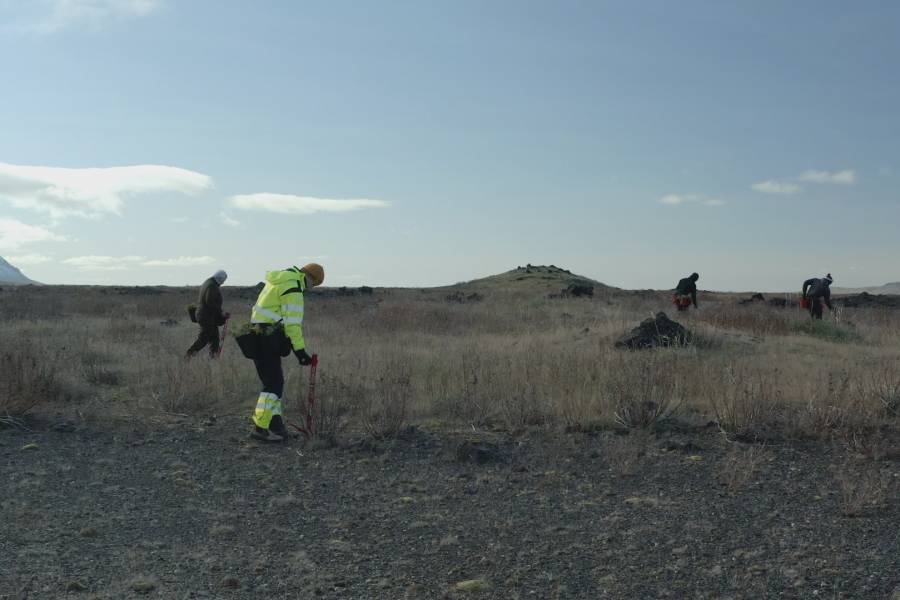Our Roots, Our Future
1 x 52' 4K
Trailer - English
Trailer

52' - English
Screener

52' - German
Screener
Roots account for more than half of a plant's mass, yet they are mostly invisible. Their special powers help overcome the problems of climate change and protect the environment.
It is precisely these invisible parts of plants that have the potential to help with the challenges facing humanity: Securing food for a growing world population, arresting climate change, and extracting resources such as rare earths in an environmentally friendly way.
However, to do this, plants must be able to withstand periods of drought, heat, and flooding. Roots are crucial to a plant’s survival and they must actively search for nutrients in the soil to ward off dangerous toxins and pathogens.
Scientists at Forschungszentrum Jülich are studying root growth using high-tech methods. The goal: To breed stress-resistant seeds for plants with robust roots. In Sweden, Prof. Linda Maria Mårtensson conducts research on a perennial wheat variety that will ensure higher yields, while protecting the soil. And on the coasts, roots are the saviors in times of need. Coastal ecologist Prof. Tjeerd Bouma has discovered that if special grasses are planted in front of the dykes, a salt marsh can be created that acts as a natural breakwater. In other areas, Geochemist Dr. Oliver Wiche from the Technical University of Freiberg is researching what is known as Phyto-mining. He wants to know which plants are best suited for mining metals such as germanium or rare earths from the soil. Could this give rise to a new, environmentally friendly method for the industry?
- 1 x 52' 4K
- Heidefilm, 3sat
- Stefanie Fleischmann, Christina Gantner
- English, German
- Nature & Wildlife, Science & Knowledge



